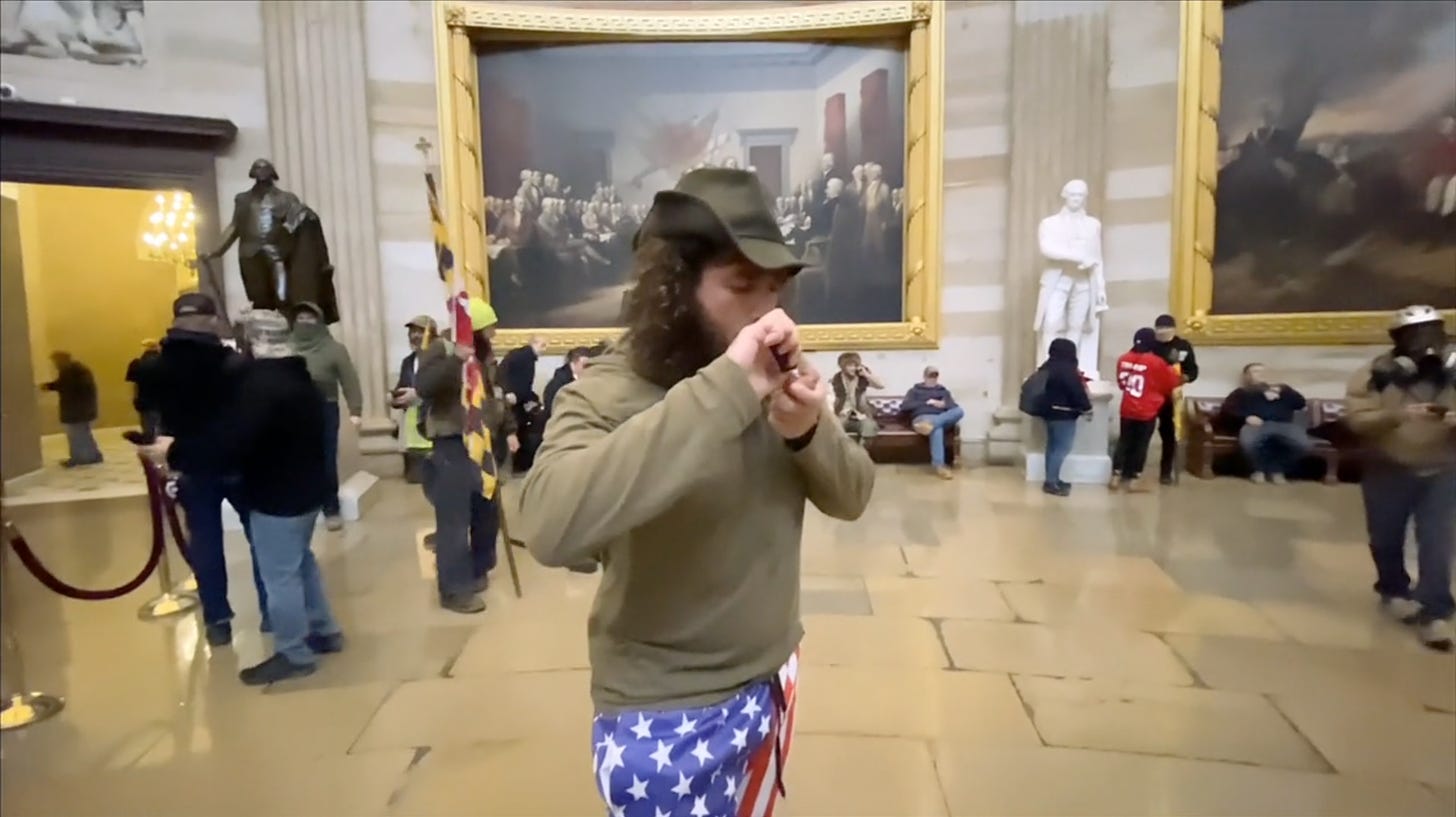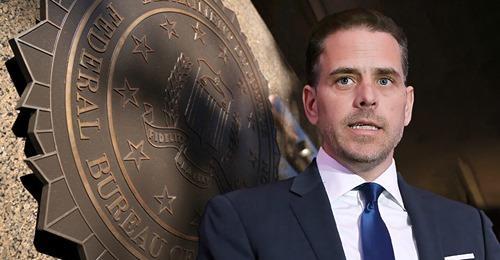As a bonus, here’s a conversation with the film makers about the topics touched on here, plus how they threaded together footage and interviews to make sense of a chaotic series of events.
Subscribers (who don’t have HBO), scroll to the bottom for a special link to watch Four Hours at the Capitol.
The spirit of rebellion can exist only in a society where a theoretical equality conceals great factual inequalities.
Albert Camus, L’homme révolté
We live in a world of epistemic fracture, where ‘scissor’1 events cleave an audience into two different (and hostile) interpretive groups.
This sounds like fancy talk for Pariser’s filter bubbles, or even the Rashomon Effect, but it’s slightly more complex: it’s not like people are living in fundamentally different realities (i.e., bubbles), nor did they experience the same physical reality from different vantage points (i.e., Rashomon). The same polarizing event inarguably happened for everyone, and in fact was likely (over)documented to the point of media saturation. What ‘scissors’ create is people living in different mental worlds about the same undisputed physical events: That’s the mind-bending implication of decoupling completely what we see and think from what actually happens in the world2. There’s been perhaps no grander scissor recently than the events around the January 6th riot at the Capitol, whose anniversary is this week.
Or do I use ‘insurrection’ instead, declaring my membership on one side of the scissor instead of the other? As Pull Request readers know, I prefer cloaking everything in a miasma of Tyler Cowen-esque Straussianism rather than actually taking a side. I’ll leave dancing on the third rail to the Taibbis and Greenwalds of the world; they can handle the heat better than I can with my delicate mental constitution.
Partly for that reason, partly due to scissors being definitionally difficult to pin down in any objective way, I’ve mostly ignored a deeper take on the January 6th events as a hopeless enterprise. Until my friend Dan Reed, Emmy Award-winning director of the explosive Michael Jackson documentary Leaving Neverland, insisted I watch his latest project: Four Hours at the Capitol (subscribers, scroll to the bottom for a free way to see the film).
It’s fair to say I was blown away: I have never seen any cogent threading together of the day’s chaotic events, pieced together from several camera angles, such as this. I recommend everyone go see it, even if you feel you know what happened that day.
It’s Jackass meets West Wing; an Insane Clown Posse concert somehow invading the set of Mr. Smith Goes to Washington, and you can’t take your eyes off of it.
As with the day itself, the film starts normally: DC police officer Michael Fanone drives to work and hears of a protest by Trump supporters brewing at the Capitol (he’ll later play a key role in events). The action takes off from there as a group of ‘Proud Boys’, randomly by their own account, decide to rush to the Capitol. They immediately run into an under-manned barricade where they quickly overwhelm police. Then another barricade, and another barricade … until they’re at the Capitol itself and the initial small group has snowballed into a crowd.
It’s Jackass meets West Wing; an Insane Clown Posse concert somehow invading the set of Mister Smith Goes to Washington, and you can’t take your eyes off of it. The dramatic tension between the rapidly deteriorating situation outside, as police line after police line falls before the surge of screaming rioters, and the legislators quietly going about their procedural business in chambers and not knowing what’s going on, is absolutely unbearable.
The action oscillates between pitched hand-to-hand combat and carnivalesque scenes of total absurdity: some yahoo reclining on House Speaker Nancy Pelosi’s desk; an officer trying to talk the shaman guy off the Senate podium like a museum guard telling someone to not touch the artwork; garishly-dressed protestors Karen-ing cops using the heckler’s line of ‘You work for us! This is the people’s house!’
More than once, the protestors seem simply agog that they’ve somehow managed to take the Capitol building. One of them, a stoner named Nick Alvear, rattles off some piece of conspiratorial QAnon nonsense and then describes how he lit up a joint and handed it out to other protestors once they made it to the Capitol Rotunda. The footage shows them all standing there buzzing high, a toke break to their unplanned action movie, contemplating the cupola’s grandeur.

Read more
Source link
Author Antonio García Martínez





